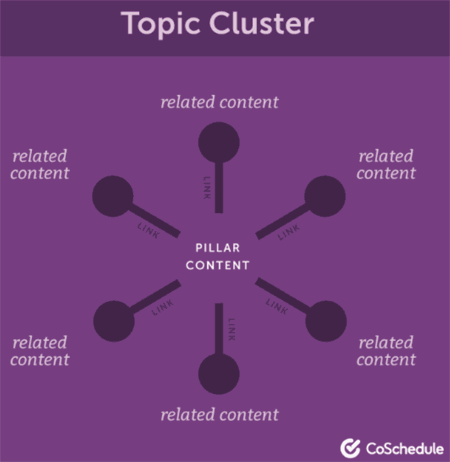With content to more organic traffic
How important is SEO in content marketing? That depends on your hunger for organic traffic. But if you overdo it with optimization measures, you’ll shoot yourself in the foot.
Organic traffic is extremely welcome because it feels free. So it’s tempting to publish a separate article on your blog for each long-tail keyword and optimize it ad infinitum. But does that really lead to more sales?
In fact, the mix is crucial. First of all, it’s about providing attractive content for the target customer. The rest then follows almost by itself…
Procedure
Create an overview!
Create a list with all existing articles. For example in Excel or in a Google spreadsheet. The most important columns are URL, headline, title, and keyword.
Determine top keywords from existing content
Use Google Search Console to identify your current top pages and keywords. If you think they are relevant and productive, enter them into the table.
Identify alternative keywords
Create a second list with other relevant keywords. Keyword tools such as the Google Keyword Planner or the free tool keyword.io can help you with your research, but Google Suggest, the auto-complete function of Google Search, also delivers good results.
In principle, the basis is the selected main topics, which are also described in your content marketing strategy. Based on these, a content cluster can be derived as shown in this sketch:

Remember that there are often synonyms for technical terms as well. Unfortunately, keyword tools do not always provide you with these. This is where your expertise is needed. Or you can browse forums, social media channels, and the websites of your competitors.
Write articles also for synonyms
Compare your two lists: Which existing article can be converted to one of the keywords not yet considered without losing attractiveness? Which articles would have to be newly produced?
Prevent overlaps
It is not uncommon for several pages to serve the same keyword. In order to prevent cannibalization of the ranking, adjust the appropriate articles or remove them from the Intex.
Optimize realistically
Optimize primarily those articles that promise a large number of relevant traffic. Decisive are terms with a high search volume and a ranking below position 30 or 40. If they rank even worse, SEO measures are often a wasted effort. It is then better to switch to another (long-tail) keyword.
Conclusion
Content is a strong fuel for top rankings on Google. However, the pre-requisite is to keep an eye on the target customer and provide him with high content quality. Because in the end, it is people and not search engines who are to be convinced by content.